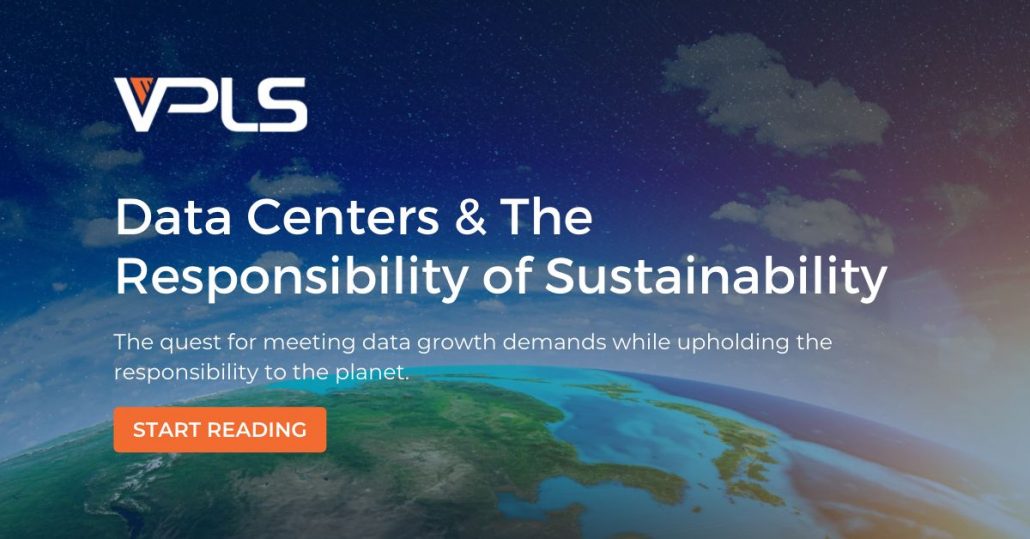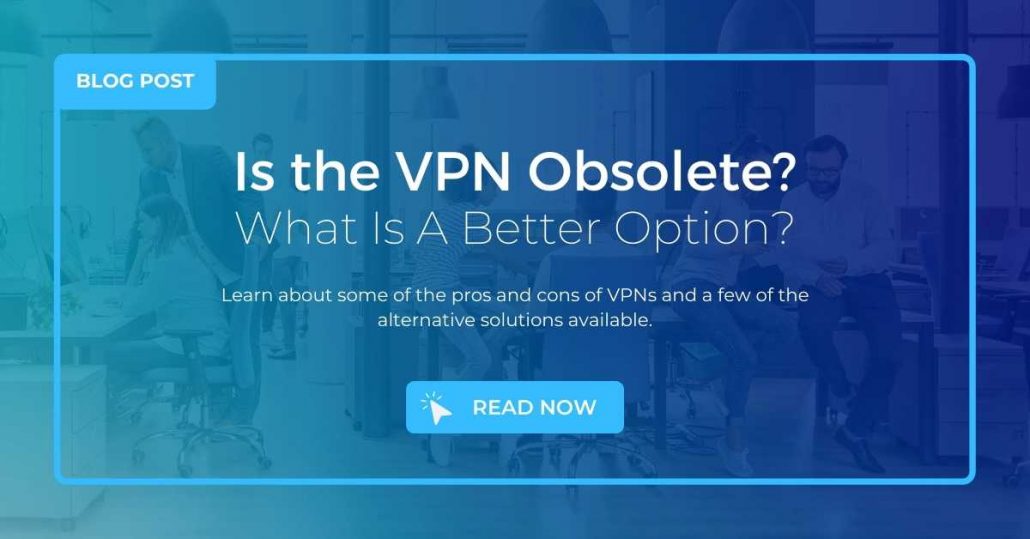
Multiprotocol Label Switching (MPLS) is a type of packet forwarding technology. Using MPLS, an enterprise can virtually connect two of its locations — regardless of where they’re located. This makes MPLS a great option for distributed teams. Find out more about how MPLS works and its benefits.
How MPLS Works
MPLS is a technology that uses labels instead of UP addresses to make data forwarding decisions. Think of a packet as a piece of mail. As a packet travels from its origin to its destination, it will stop at routers along the way.
Each router needs to decide what to do with that packet, typically by inspecting the packet’s IP address. This can lead to slow speeds and poor performance. But with MPLS, the routers are just reading a short label and forwarding it accordingly. It’s like they’re looking at the address on the envelope rather than opening and reading the mail.
The MPLS header is divided into four parts:
- A 20-bit label field
- A three-bit Class of Service field
- A one-bit “bottom of stack” indicator
- An 8-bit time to live (TTL)
- Layer 1: Physical
- Layer 2: Data Link
- Layer 3: Network
- Layer 4: Transport
- Layer 5: Session
- Layer 6: Presentation
- Layer 7: Application
Where is MPLS Used?
MPLS is used to achieve inter-site connectivity across multiple physical locations. Some organizations have a data center at their headquarters or main office and need to give employees at satellite offices access to that data center. MPLS offers a reliable connection, and when needed, it can prioritize certain traffic like voice and video applications.
When implementing an MPLS, some enterprises choose to use a secure software-defined wide area network (SD-WAN). SD-WAN architecture sets up a secure network that can use MPLS (or other transport services) to give end-users safe access to applications.
With SD-WAN traffic steering, critical applications always get the fastest path to ensure high performance.
Benefits to MPLS
Implementing MPLS requires an initial investment, but it has many advantages over traditional IP routing. The benefits of MPLS include:
- Scalability: MPLS can be scaled up or down as an enterprise grows and its needs change.
- Efficiency: MPLS guarantees a high-quality, low-latency connection without worrying about jitter or packet loss.
- Bandwidth: MPLS optimizes bandwidth usage, ensuring a positive user experience.
- Cost-effective: MPLS eliminates the need to set up multiple data centers, saving on infrastructure costs.
Learn More About Using MPLS At Your Enterprise
If you’re looking for a reliable way to keep your business connected, VPLS is here to help. In addition to MPLS, we also offer:
- Dark fiber
- Wavelength division multiplexing
Read More from this Author
VPLS Marketing Team
As a worldwide leader in internet infrastructure and computing, VPLS partners with businesses to solve their most complex technology challenges. Have a question about the article? Contact our team at [email protected].
More from this Author


